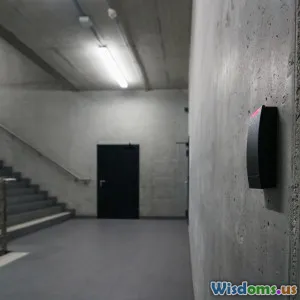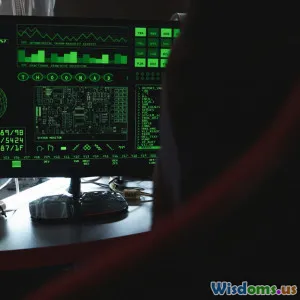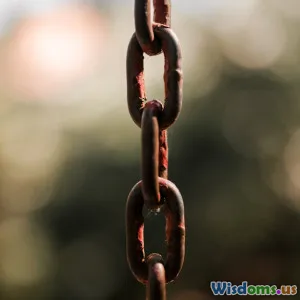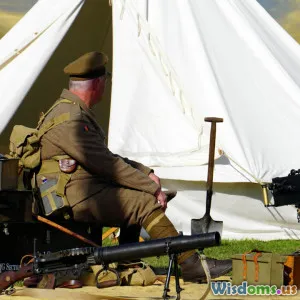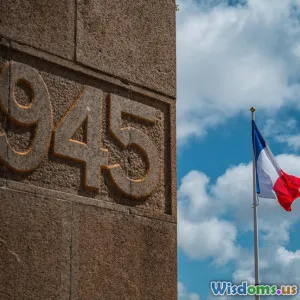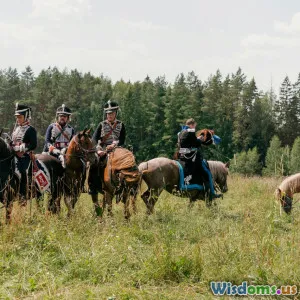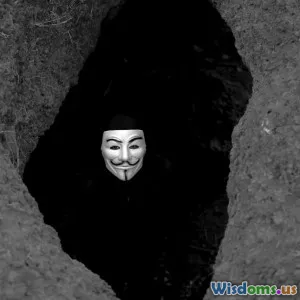
Cracking the Code: Hidden Symbols Used by Secret Organizations
6 min read Explore the intriguing world of secret symbols used by clandestine groups to communicate and influence. (0 Reviews)
Cracking the Code: Hidden Symbols Used by Secret Organizations
Introduction
From the enigmatic Eye of Providence etched onto the US dollar bill to the cryptic insignia of the Freemasons, hidden symbols have long served as clandestine languages for secret organizations worldwide. These elusive icons transcend mere decoration; they are keys to the identities, beliefs, and covert operations of groups often ruled by discretion. This article ventures deep into the symbolic lexicon crafted and utilized by secret societies and organizations, unlocking their meanings, origin stories, and their continuing allure.
The Power of Symbols in Secret Societies
Symbols as Tools of Secrecy and Unity
Symbols perform dual roles within secret organizations: they ensure privacy in communication and forge a strong internal identity among members. Embedded with layered meanings, these visuals enable members to silently acknowledge one another or hint at shared knowledge without arousing external suspicion.
Historian Michael Baigent posits, "Symbols encode complex ideologies into simple forms that transcend verbal explanations, making them indispensable tools for secret groups."
Examples Across Cultures and Eras
The spectrum of secret emblematic communication stretches from ancient societies—such as the enigmatic markings of the Essenes in the Dead Sea Scrolls—to modern groups like the Skull and Bones society from Yale. The endurance and evolution of such symbols indicate their profound effectiveness.
Iconic Hidden Symbols and Their Meanings
The Eye of Providence
One of the most recognized secret symbols, the All-Seeing Eye, symbolizes divine watchfulness, supreme knowledge, and protection. While popularized in association with Freemasonry, the Eye finds older roots in Egyptian mythology (the Eye of Horus), emphasizing enlightenment and vigilance.
Understanding the Eye’s use reveals how secret societies merged spiritual symbolism with political influence. In 1782, the Great Seal of the United States incorporated this motif, tying national identity to the ideals of enlightenment wisdom.
The Double-Headed Eagle
Emblematic of the Scottish Rite Freemasons, the double-headed eagle communicates dual sovereignty—both secular and spiritual authority. It’s deeply historic, tracing origins to Byzantine heraldry, where it symbolized empire spread across east and west.
For members, this emblem is not only a badge of rank but a signifier of harmonious balance and vigilance over divided realms.
The Ouroboros
This ancient symbol of a serpent or dragon eating its tail epitomizes eternity, cyclicality, and renewal. Alchemists and secret societies alike have adopted the Ouroboros to encapsulate their belief in continuous transformation.
For The Hermetic Order of the Golden Dawn, the Ouroboros conveys mystical enlightenment, serving as an emblem for the pursuit of hidden knowledge.
Methods of Symbolic Communication
Codes and Cipher Emblazoned in Symbols
Beyond visual meanings, symbols are often integrated within cryptic codes. For example, the Rosicrucians embedded complex alchemical signs within their manuscripts that served both as metaphors and as literal coded instructions.
Such multifaceted symbolic communication requires extensive initiation, allowing only the worthy or knowledgeable to decode the messages.
Architectural Symbolism
Secret societies are frequently credited with embedding their symbolism directly into notable architecture: the layout of Washington D.C. has been argued to reflect Masonic geometry, and ancient cathedrals are laden with iconographic motifs pointing to Gnostic teachings.
Architecture becomes a large-scale cipher, inviting interpretation by insiders and stimulating curiosity among outsiders.
Modern Relevance and Cultural Impact
Symbolism in Popular Culture
The fascination with secret symbols has heavily influenced literature, movies, and conspiracy theories. Dan Brown’s novels, such as "The Da Vinci Code," draw extensively on Masonic and Illuminati symbols to weave compelling fiction that blurs historical truth and imaginative legend.
The Digital Age and Symbol Preservation
With digital proliferation, secret organizations adjust by creating virtual symbolic codes—emojis, cryptic social media icons, and encrypted graphic motifs serve analogous functions to traditional symbols, demonstrating the adaptability of secrecy in the modern era.
Conclusion
Hidden symbols are not merely vestiges of a secret past but active, evolving instruments of communication and identity within clandestine organizations. By cracking the code of these signs—from the all-seeing eye to the Ouroboros—we unveil a rich tapestry of human endeavor aimed at protecting knowledge, reinforcing bonds, and exerting influence quietly yet powerfully. This exploration reminds us that symbols hold a timeless power—at once hidden and revealing, simple and infinitely profound.
Understanding these codes enriches not only our grasp of historical secret societies but offers fresh insight into how symbols shape culture, power, and mystery to this day.
Embrace the hidden languages around us and perceive the world anew — sometimes, what’s most profound is hidden in plain sight.
Rate the Post
User Reviews
Popular Posts










